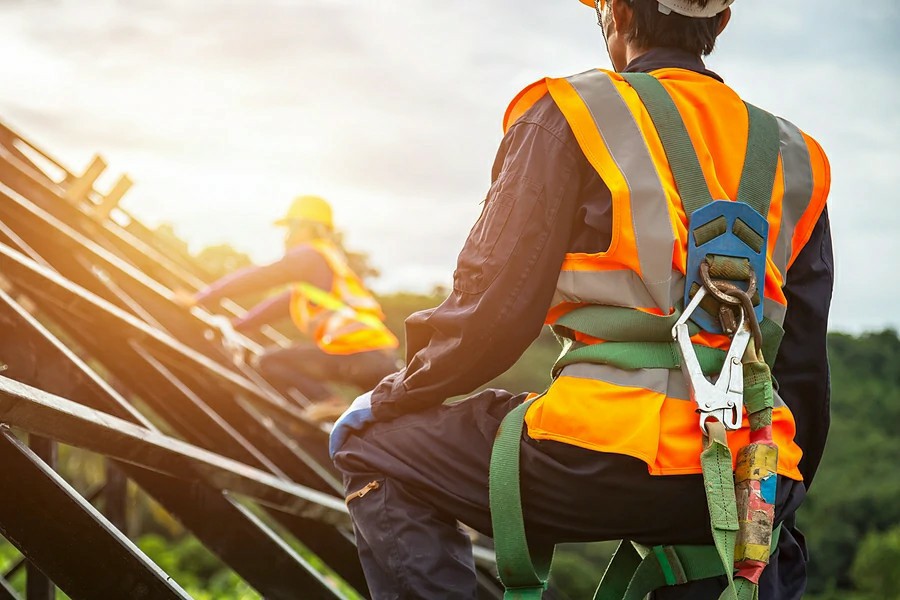


 349,500 Offered Certificates
349,500 Offered Certificates
 24/7 Online Training
24/7 Online Training
 Money Back Guarantee
Money Back Guarantee
 Fully Accredited Courses
Fully Accredited Courses

Created at: 22-02-2025 16:42
Working at heights is a vital aspect of many industries, from construction to maintenance. However, it also poses significant risks if proper safety measures are not taken. This guide will explore essential safety gear for Working at Heights, emphasizing the importance of each piece of equipment, proper usage, and maintenance tips.
Each year, workplace accidents related to falls from height result in serious injuries and fatalities. To mitigate these risks, compliance with safety regulations and the use of appropriate safety gear is crucial. Essential safety gear helps protect workers, enhances safety, and ultimately fosters a culture of safety within the workplace.
Below is an overview of essential protective equipment and its importance:
A safety harness is a primary form of fall protection for individuals working at heights. It connects the worker to an anchor point or fall arrest system.
Lanyards are used in conjunction with safety harnesses to secure a worker to an anchor point. They absorb shock, minimizing the impact of a fall.
Anchor points must be secure and suitable for the load they are meant to carry.
A helmet is essential for protecting the head from falling objects and impacts.
Wearing gloves is vital for protecting hands from abrasions and cuts.
Proper training and adhering to safety guidelines are critical. Workers should take part in Working at Heights Training courses to understand correct usage and safety protocols.
Regular maintenance of safety gear not only extends its lifespan but also ensures its effectiveness:
Employers must comply with various safety regulations mandating the use of specific protective gear while working at heights. These regulations exist to safeguard workers from potential hazards and ensure a safe working environment.
Investing in essential safety gear for Working at Heights is non-negotiable for employers and workers alike. Regular training, proper usage, and diligent maintenance of this equipment can significantly reduce the risk of accidents and injuries. Make sure you and your team are equipped and trained appropriately.
If you are interested in enhancing your skills, consider enrolling in a Working at Heights Course Online today! For further inquiries, contact us at [email protected].